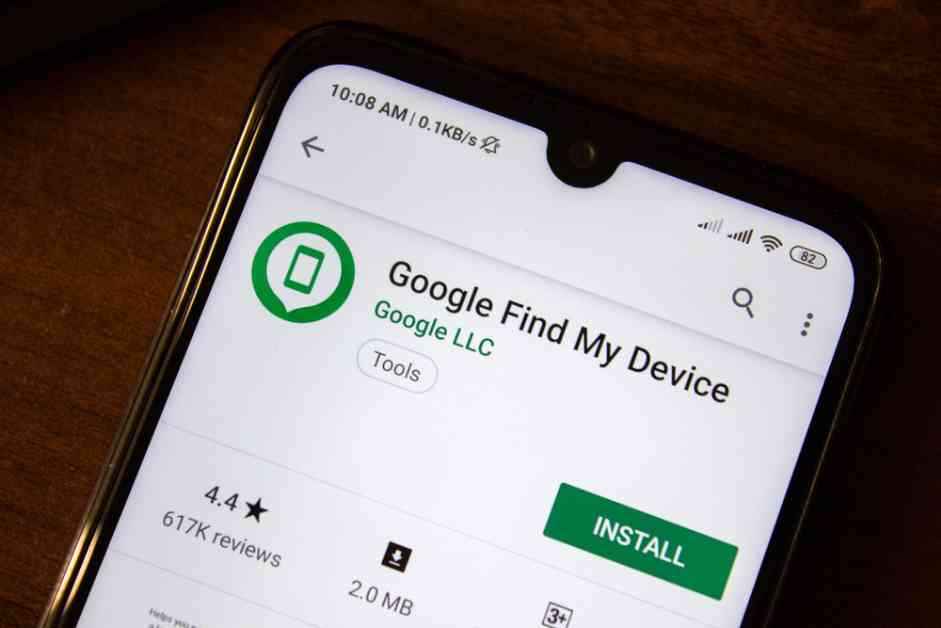Independent Inventor Carrie Hafeman Challenges PTAB’s Invalidation of Patent Claims at CAFC
Last week, independent inventor Carrie Hafeman filed an opening brief for the appellant at the U.S. Court of Appeals for the Federal Circuit (CAFC) seeking to reverse the Patent Trial and Appeal Board’s (PTAB) invalidation of her device location and theft prevention patent claims. The brief outlines Hafeman’s latest challenge to alleged abuses of Sotera stipulations by Big Tech firms colluding to invalidate her claims. Additionally, the appellate brief questions the PTAB’s claim construction and obviousness analysis that led to its invalidity determinations.
LG’s Continued Priority Date Challenge Following Sotera Stipulation at PTAB
Hafeman, an inventor who has been vocal about Section 101 issues, holds patent claims dating back to 2004 which cover a system for controlling device access through remote communication capabilities. After Hafeman asserted these claims against LG Electronics in a U.S. district court in 2021, tech giants Google and Microsoft filed six inter partes review (IPR) petitions at the PTAB, identifying LG Electronics as a real party-in-interest in these petitions.
While LG Electronics incorporated invalidity grounds from Google and Microsoft’s IPR petitions into Hafeman’s district court infringement case, LG filed a Sotera stipulation in November 2002 to prevent the PTAB from dismissing the IPR petitions under the Fintiv framework. Hafeman opposed this stipulation, arguing that LG’s invalidity expert in district court used grounds from the IPR petitions post-stipulation. Despite this, the PTAB instituted the IPRs, partly relying on LG’s stipulation. In January 2024, the PTAB issued final written decisions invalidating all challenged patents, just three months before the Western District of Texas found LG in violation of its Sotera stipulation, barring it from contesting the priority date of Hafeman’s claims in that case.
Hafeman’s Appeal Focuses on PTAB’s Handling of Sotera Stipulation Allegations
In her appeal of the PTAB’s final written decisions, Hafeman argues that the Board failed to address LG’s alleged violation of the Sotera stipulation. According to Hafeman, the PTAB should have acknowledged that the IPRs would not have been initiated without LG’s stipulation, which stated LG would not challenge Hafeman’s priority date in district court as Google and Microsoft did in the IPRs. Hafeman maintains that the district court’s estoppel ruling did not rectify LG’s violation, and the PTAB was obligated to at least consider the alleged violation due to LG’s real party-in-interest status.
Challenges to Claim Construction and Secondary Considerations
Apart from the Sotera violation, Hafeman challenges the PTAB’s implicit construction of the claim limitation “without assistance by a user” in connection with the prior art reference U.S. Patent Application No. 20030122864 (“Jenne”). Hafeman argues that the correct interpretation of “without assistance” involves establishing an Internet connection to remotely receive recovery information without any user intervention other than device activation. She contends that this limitation was added during patent prosecution to overcome prior art requiring user interaction to change ownership information.
By finding this limitation disclosed in Jenne, Hafeman asserts that the PTAB erroneously construed “without assistance” to necessitate user interaction to establish an Internet connection. She argues that Jenne, focused on displaying advertisements during user wait times, does not teach initiation or modification of ownership information without user input. Hafeman also dismisses European Patent No. 687968 (“Cohen”) as not meeting this limitation, as it involves user inputs of ownership information on a local device without remote connection.
Additionally, Hafeman disputes the PTAB’s rejection of secondary considerations she presented to counter the obviousness challenge in the IPR proceedings. She claims a clear connection between her patents and The Retriever software’s commercial success, citing numerous references to The Retriever in her patent specification and patent figures depicting its user interface. Hafeman argues that the PTAB’s dismissal of this nexus, despite supporting evidence, constitutes reversible error under Federal Circuit case law.
Hafeman also contests the PTAB’s determination of no commercial success for The Retriever, pointing to $600,000 in software sales and the Board’s dismissal of evidence showing Google and Microsoft’s Find My Device programs copied features of The Retriever.















